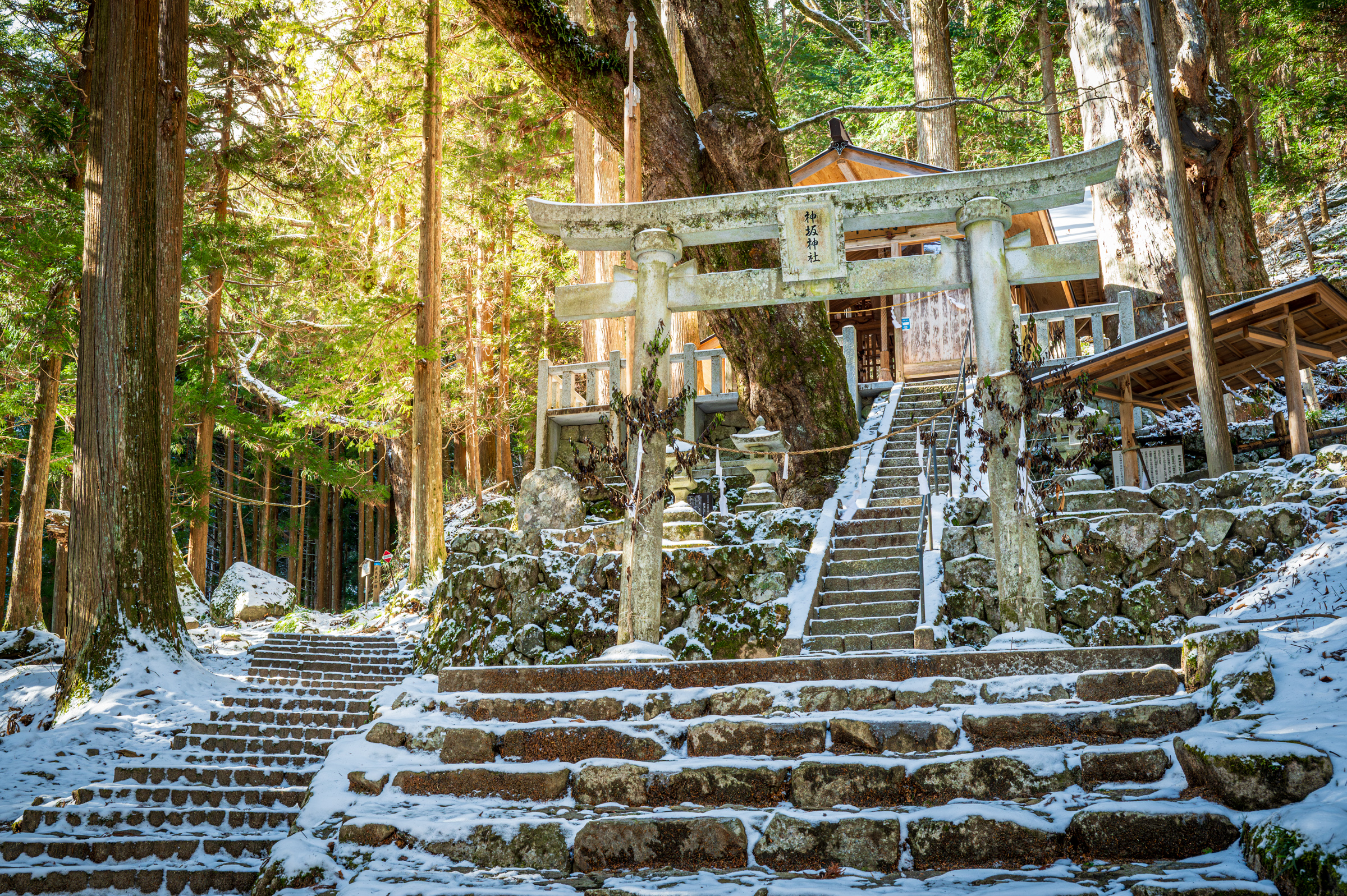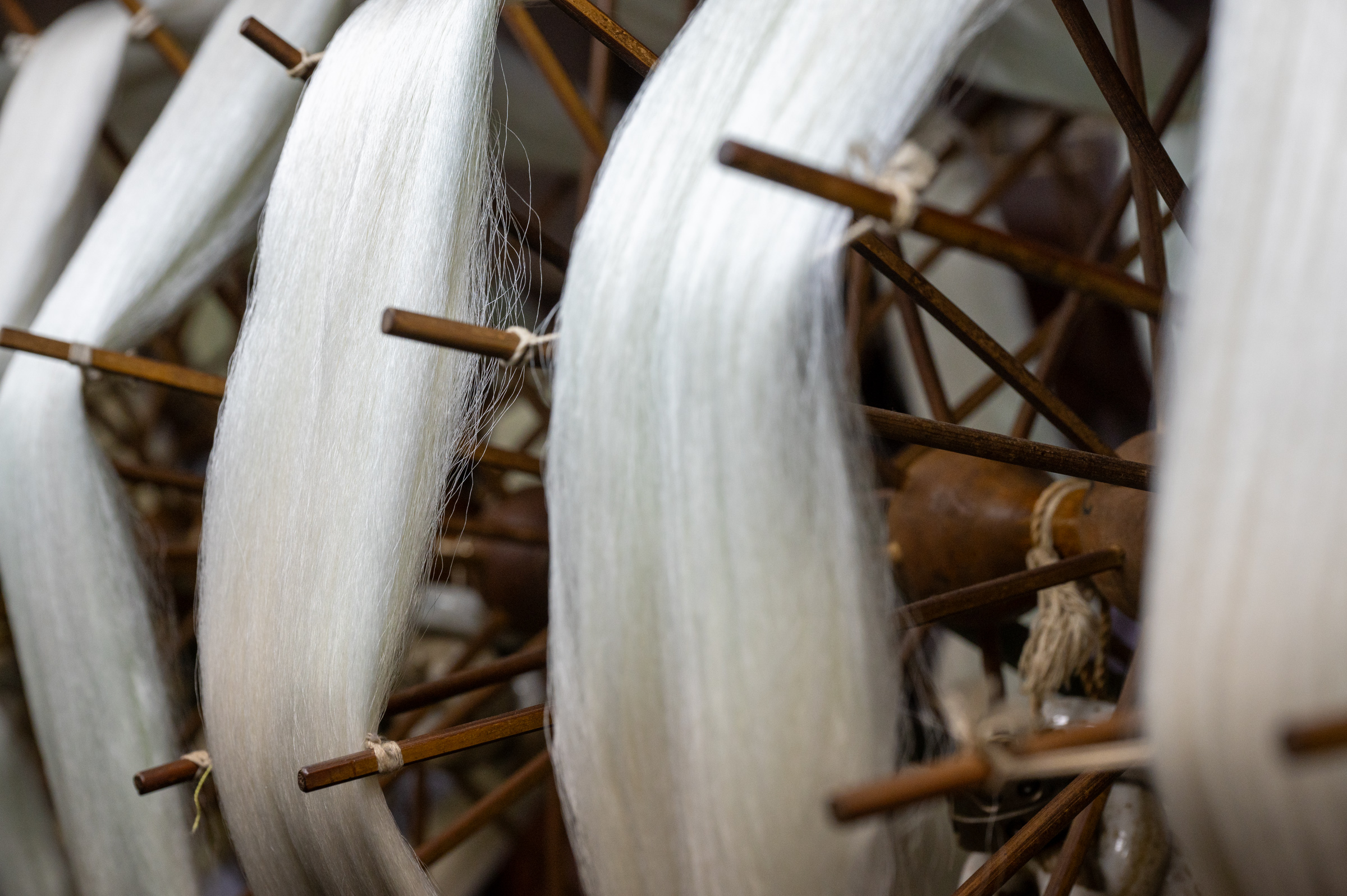Scenic Beauty Beyond the Nakasendo
Majestic mountain ranges, secluded Japanese villages and steep gorges await you in Southern Nagano.
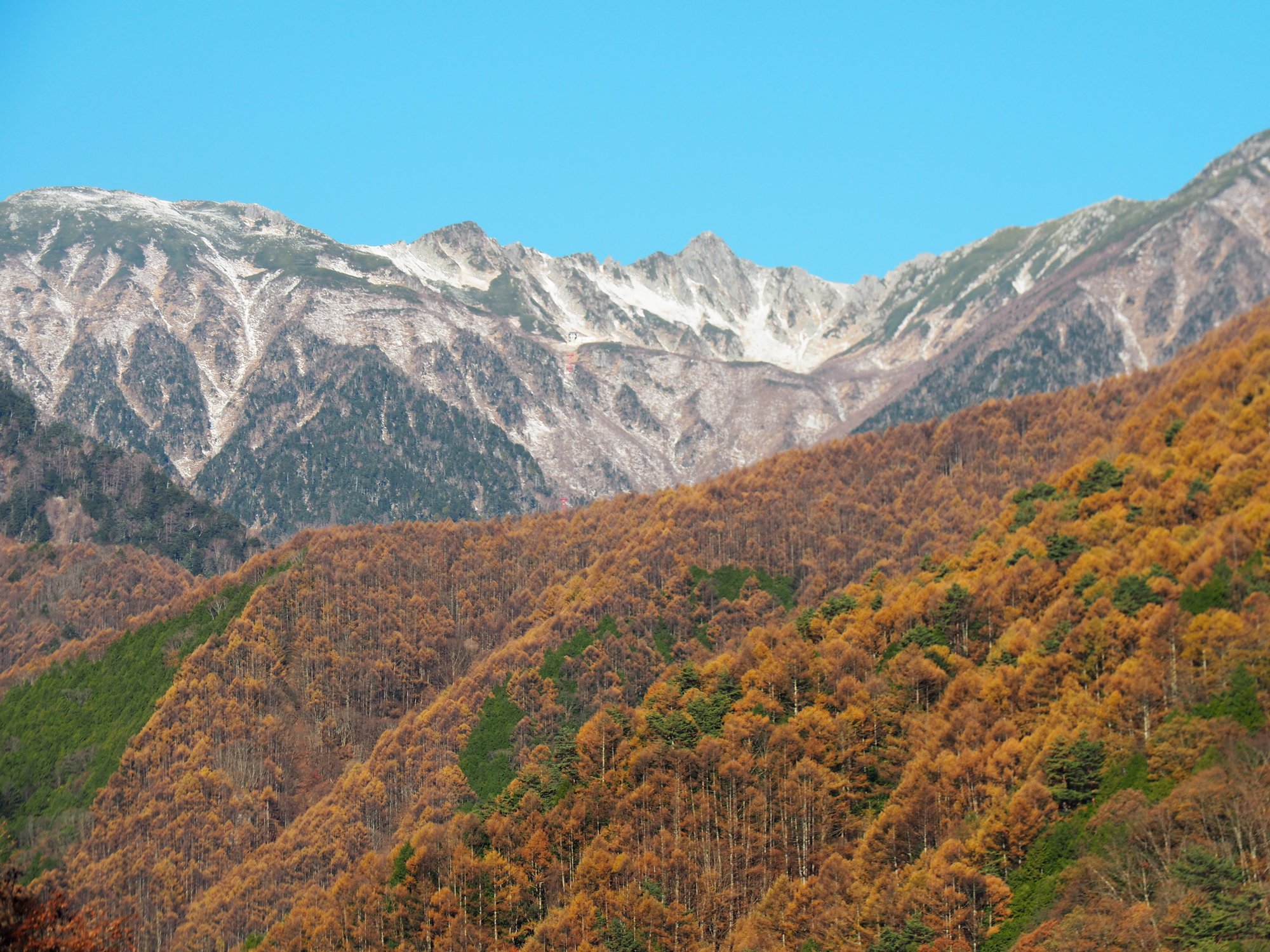
Sandwiched between the central and southern ranges of the Japanese Alps, the Ina Valley is surrounded by some of the tallest mountains in Japan and majestic natural scenery. Hidden in the mountains are ancient villages, idyllic pastures and quiet places to enjoy the scenery of starry skies.
When traveling through the Ina Valley or along the Nakasendo, consider taking a detour to one of these beautiful landscapes.
Beautiful Scenery in Southern Nagano
Senjojiki Cirque
.jpg)
At the top of the Komagatake Ropeway lies Senjojiki Cirque, a vast, 2,600-meter-high geological feature carved by glacial activity over 20,000 years ago. A crown of rocky peaks surrounds the cirque, and at its center is 2,931-meter-high Mt. Hoken. Visitors can climb up Senjojiki to see the peak up close or just enjoy it from afar as they stroll through fields of highland flowers.
These lofty heights can be easily reached thanks to the Komagatake Ropeway, which covers a span of 2,333 meters and a vertical distance of 950 meters, making it the largest ropeway in Japan.
From Senjojiki Cirque, you can gaze at the Southern Japanese Alps across the Ina Valley and even see Mt. Fuji poking its head above the clouds.
Access
From Komagane Station, take the Komagatake Ropeway bus to Shirabidaira Station, then take the ropeway to the top of the mountain.
The Tenryu Gorge
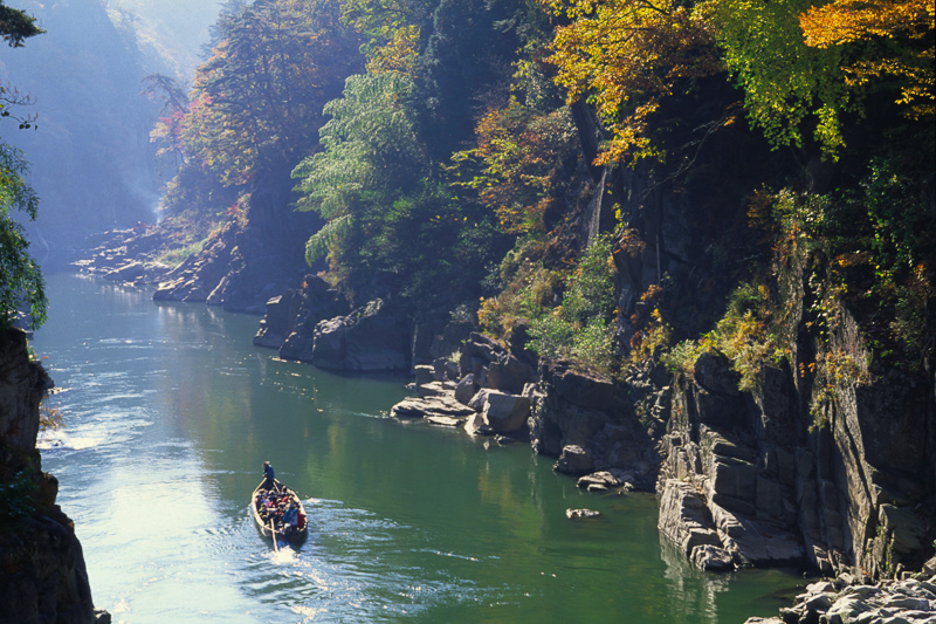
The Tenryu Gorge was carved by the relentless flow of the Tenryu River. From its unusual rock formations and sheer cliffs to the running water of the Tenryu and surrounding foliage, the two-kilometer-long gorge is replete with natural splendor that changes with the seasons.
The Tenryu River extends from Lake Suwa in central Nagano all the way to the city of Hamamatsu in Shizuoka and was a major lane for the transportation of lumber from Nagano to major cities. It was also a source of food for people living in the Ina Valley, providing both fish and insect larvae—sources of much needed protein.
The central section of the Tenryu Gorge near Tenryukyo Station has a 2-kilometer-long walking course that offers great scenery of its steep cliffs and vibrant foliage, especially when passing over one of the bridges. Further north is the Tenryu Rhine Kudari dock, where boat tours take you down the gorge in traditional wooden boats.
Farther down along the Gorge are the Nakaizamurai tea fields. The thick fog that settles in the gorge is said to make the tea especially delicious.
Access
From JR Iida Station, take the Iida line train to Tenryukyo Station (25 min.). The gorge is a just walk from the station. The Tenryu Rhine Kudari dock is just two minutes on foot from the station.
Starry Skies and Peach Blossoms in Achi Village
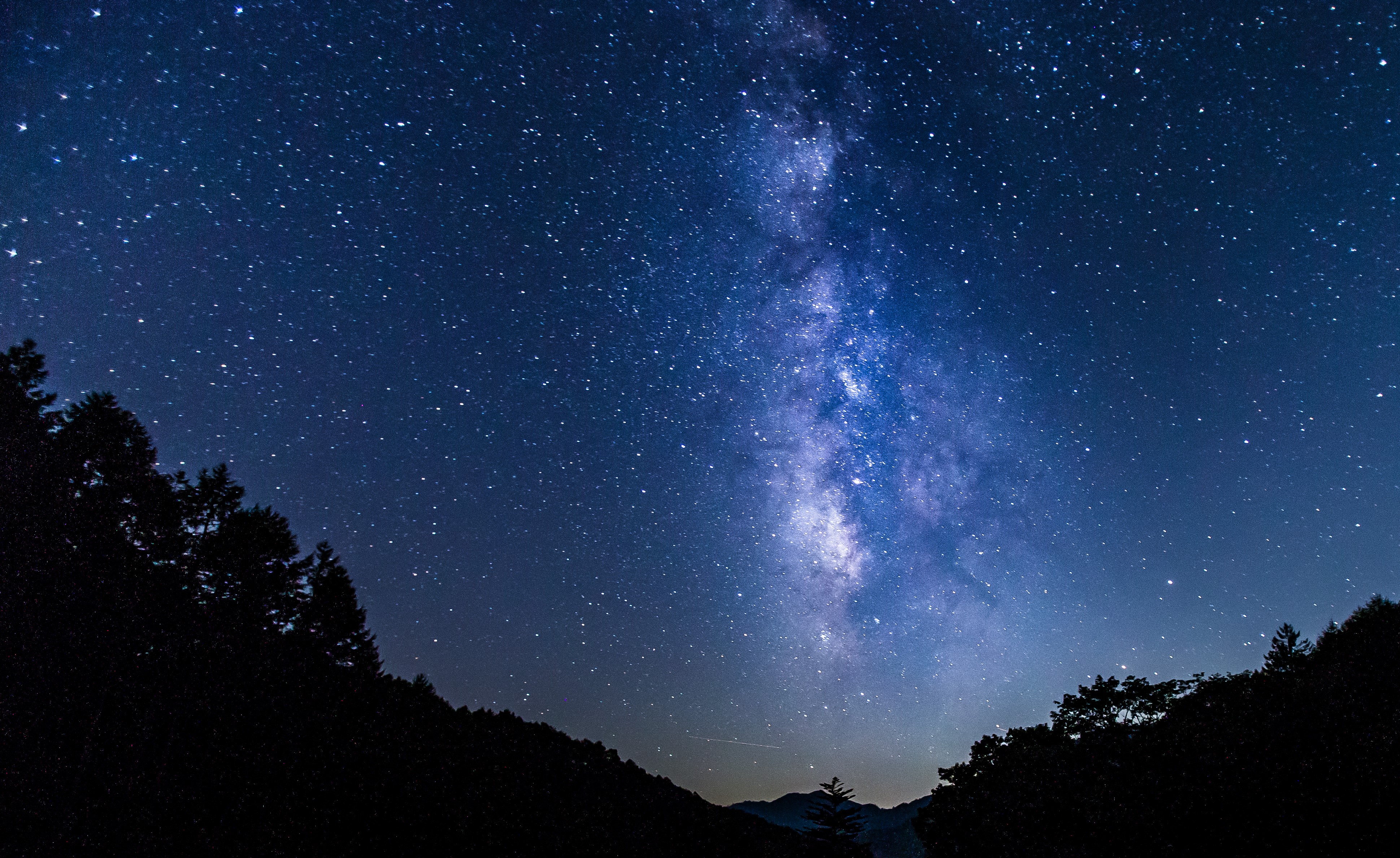
Achi Village was a welcome sight to the many tired souls crossing Misaka Pass along the Tosando Trail. This small valley with fields and houses offered respite from the steep inclines of the many mountains around it.
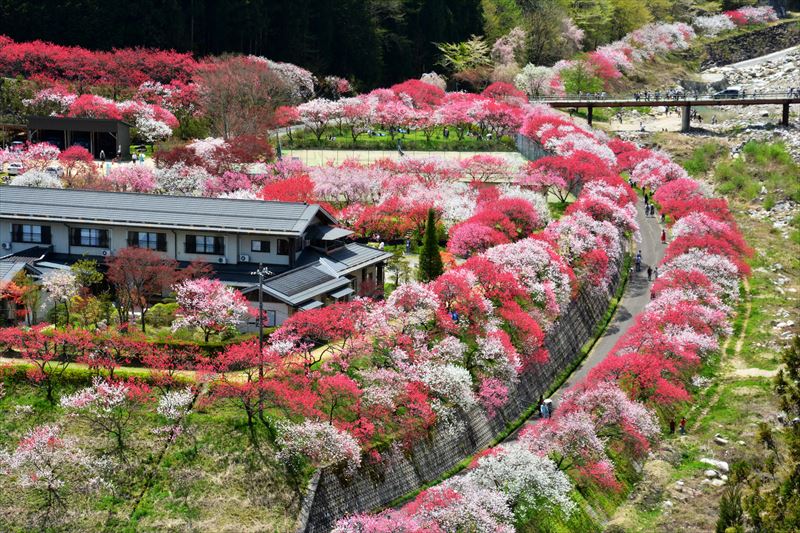
Thanks to those mountains as well as the village’s remote location, Achi is known for its beautiful night skies and was designated the best place for stargazing in Japan by the Ministry of the Environment in 2006. There are many places around the village where you can enjoy stargazing, but Star Village Achi is the most well-known. Take a gondola up to the top of the local ski hill and enjoy the sky full of stars shining above you.
Achi is also the home of Hirugami Onsen, a relatively new hot spring area with plenty of traditional ryokan inns and soothing hot spring baths. The first hot spring source here was discovered in 1973, and it quickly gained a reputation for the rejuvenating properties of its mineral waters.
During spring from early April to early May, over 5,000 peach blossom trees bloom along the river, covering the area in clouds of bright pink, magenta and white.
Access
Achi Village and Hirugami Onsen are accessible from Iida Station by bus. From the station, take the Shinnan Kotsu Komaba line bus and get off at Hirugami Onsen-kyo bus stop. See more information about access here.
Shimoguri no Sato
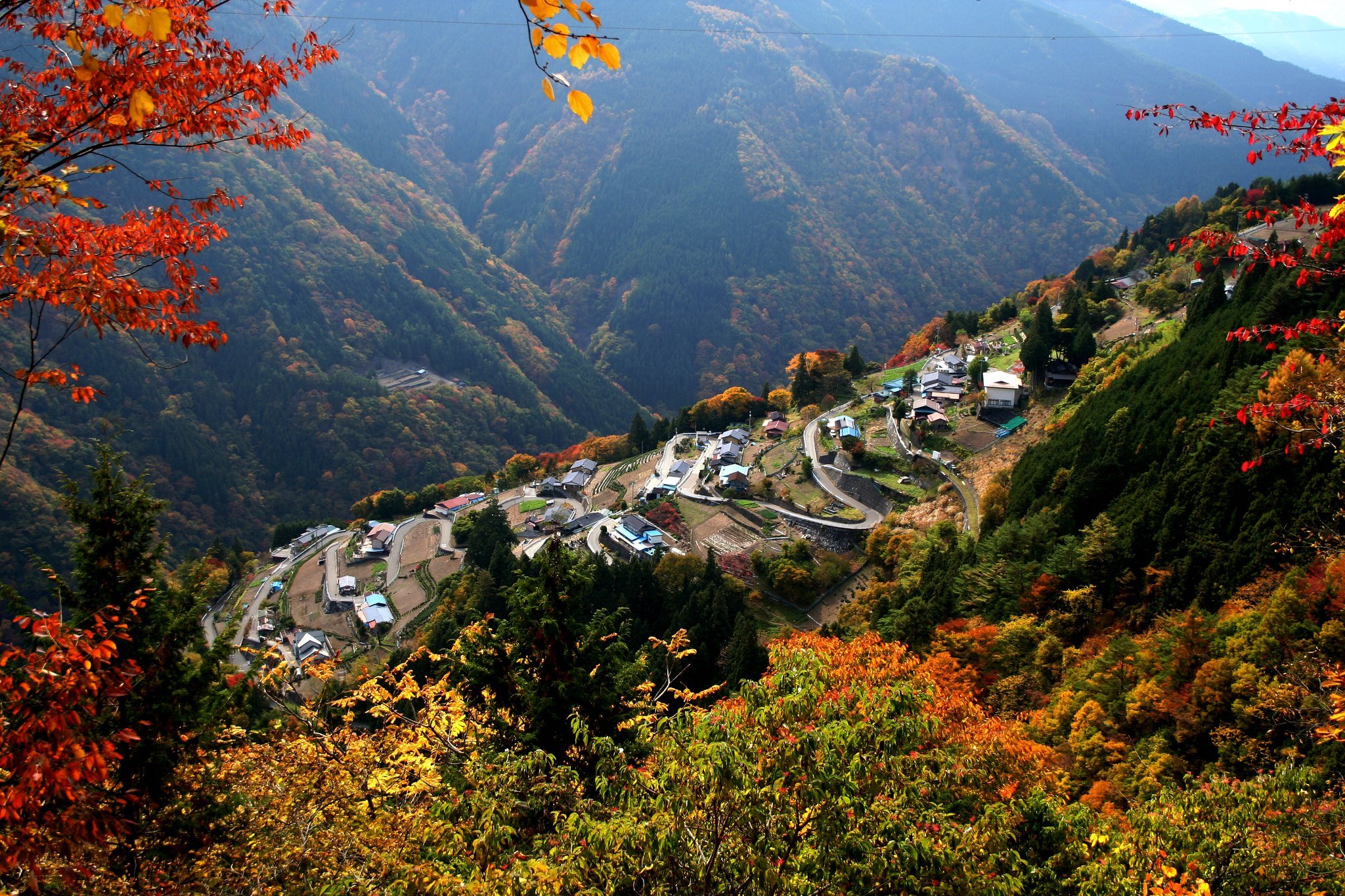
Deep in the mountains, the secluded area of Tohyama-go retains Japan’s traditional countryside scenery. Among its scenic locales is Shimoguri no Sato, called “the Tirol of Japan,” and designated one of Japan’s Top 100 Villages. A smattering of Japanese farmhouses and fields covers a hillside in a steep valley, surrounded by the mountains of the Southern Japanese Alps—scenery that has remained largely unchanged for hundreds of years.
In spring, colorful flowers and fresh greenery bring new life into the village and the mountains. In summer, morning mist rises to create a river of clouds that flows through the valley. In autumn, the forests turn fiery shades of red and orange. And in winter, the valley is covered in a blanket of snow.
Access
By car, it is about 70 minutes from Iida Station or the Iida IC exit. Or, take the Wada line bus from Iida Station to Kamimachi bus stop and take a 30-minute taxi from there (reservations are recommended).
Roads are quite narrow leading up to the village, so we recommend only seasoned drivers attempt it. When departing the village, yield to approaching cars.
Conclusion
These majestic mountains, small hamlets and steep gorges are not only beautiful to gaze at, they also offer a glimpse into the lives of those who have inhabited this region for hundreds of years. As you take in the scenery of a wooden boat slowly floating down the Tenryu River or twinkling stars in the night sky of Achi, you may wonder if people centuries past enjoyed the same exact views.

